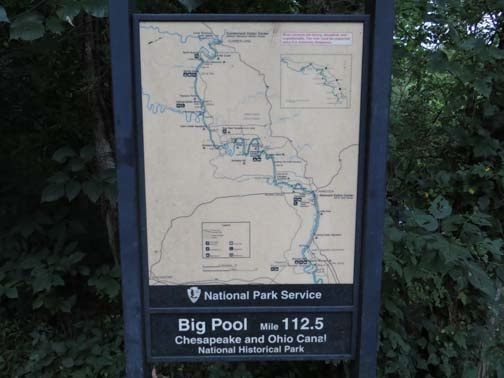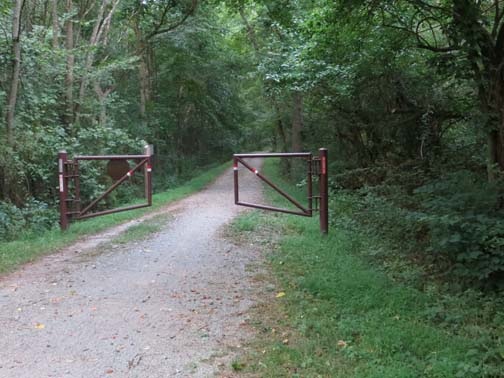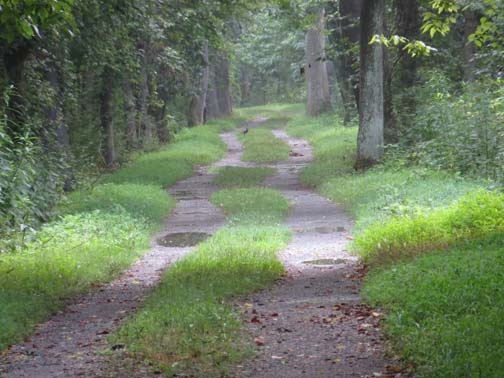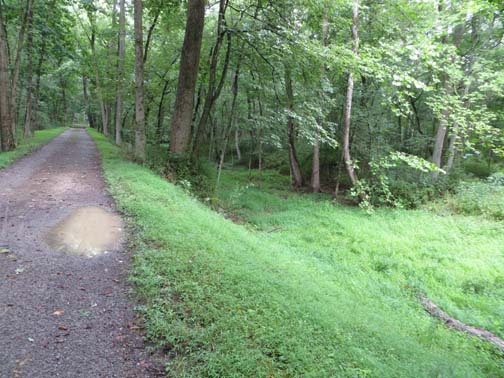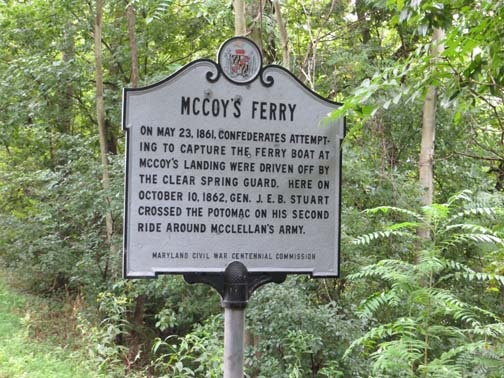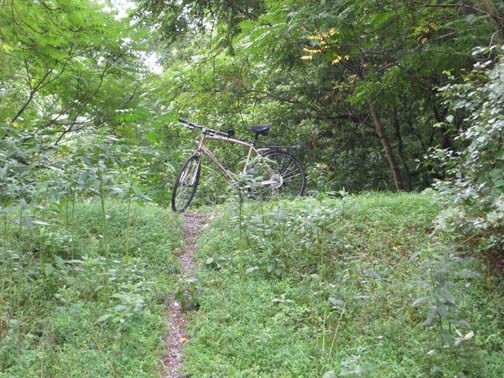Chesapeake and Ohio Canal National Historical Park (William O. Douglas helps found a national park.)
Fireside Talk Chesapeake and Ohio Canal National Historical Park (William O. Douglas helps found a national park.)
J. William T. Youngs
November 5, 2012
This talk has its origin in a discussion post in History 498 by one of my students, Denise Campitelli. She was commenting on our course reading this week in statements by Justice William O. Douglas. Denise followed a link in the study guide to the Wikipedia biography of Douglas and posted this information from the article:
“He is credited with saving the Chesapeake and Ohio Canal and inspiring the effort to establish the area as a national park; going as far as to challenge the editorial board of The Washington Post to go with him for a walk on the canal after it had published opinions supporting Congress's plan to pave the canal into a road.”
Denise added, “Sometimes you just have to 'show' people and let them experience it before they understand!”
The post reminded me that I had visited the Chesapeake and Ohio National Historical Site – by accident. My brother and I were staying at a campground in Maryland’s Fort Frederick State Park. (I'll write more about Fort Frederick in one of these posts.) One morning I went for a bicycle ride and I found this sign. It turns out that a bike trail built along side the ruins of the old Chesapeake and Ohio canal ran right through the state park for more than 100 miles eastward towards the Atlantic Ocean. This trail was part of the Chesapeake and Ohio Canal National Historical Park that William O. Douglas had supported so persistently.
J. William T. Youngs
November 5, 2012
This talk has its origin in a discussion post in History 498 by one of my students, Denise Campitelli. She was commenting on our course reading this week in statements by Justice William O. Douglas. Denise followed a link in the study guide to the Wikipedia biography of Douglas and posted this information from the article:
“He is credited with saving the Chesapeake and Ohio Canal and inspiring the effort to establish the area as a national park; going as far as to challenge the editorial board of The Washington Post to go with him for a walk on the canal after it had published opinions supporting Congress's plan to pave the canal into a road.”
Denise added, “Sometimes you just have to 'show' people and let them experience it before they understand!”
The post reminded me that I had visited the Chesapeake and Ohio National Historical Site – by accident. My brother and I were staying at a campground in Maryland’s Fort Frederick State Park. (I'll write more about Fort Frederick in one of these posts.) One morning I went for a bicycle ride and I found this sign. It turns out that a bike trail built along side the ruins of the old Chesapeake and Ohio canal ran right through the state park for more than 100 miles eastward towards the Atlantic Ocean. This trail was part of the Chesapeake and Ohio Canal National Historical Park that William O. Douglas had supported so persistently.
It's not every day that you stumble into a National Park when you don't expect one. So I rode through the gate and down the path.
In the old days many a mule must have walked along right where I was biking, towing barges on the canal. I didn't see any mules but I did see a wild turkey. And if you look very closely, you can see one too in the photograph below.
Looking to the side of the trail, I could see the bed of the old canal, now grown over with vegetation.
There was yet another story told here in signs erected by the Maryland Civil War Centennial Commission.
While I explored the countryside by foot, my bicycle waited patiently on the tow path.
Finding this unanticipated National Park "made my day."
And what a fine coincidence that the Supreme Court Justice from my home state of Washington had argued that this place of such fine natural and human treasures should become, what it is today, a National Park.
And what a fine coincidence that the Supreme Court Justice from my home state of Washington had argued that this place of such fine natural and human treasures should become, what it is today, a National Park.

